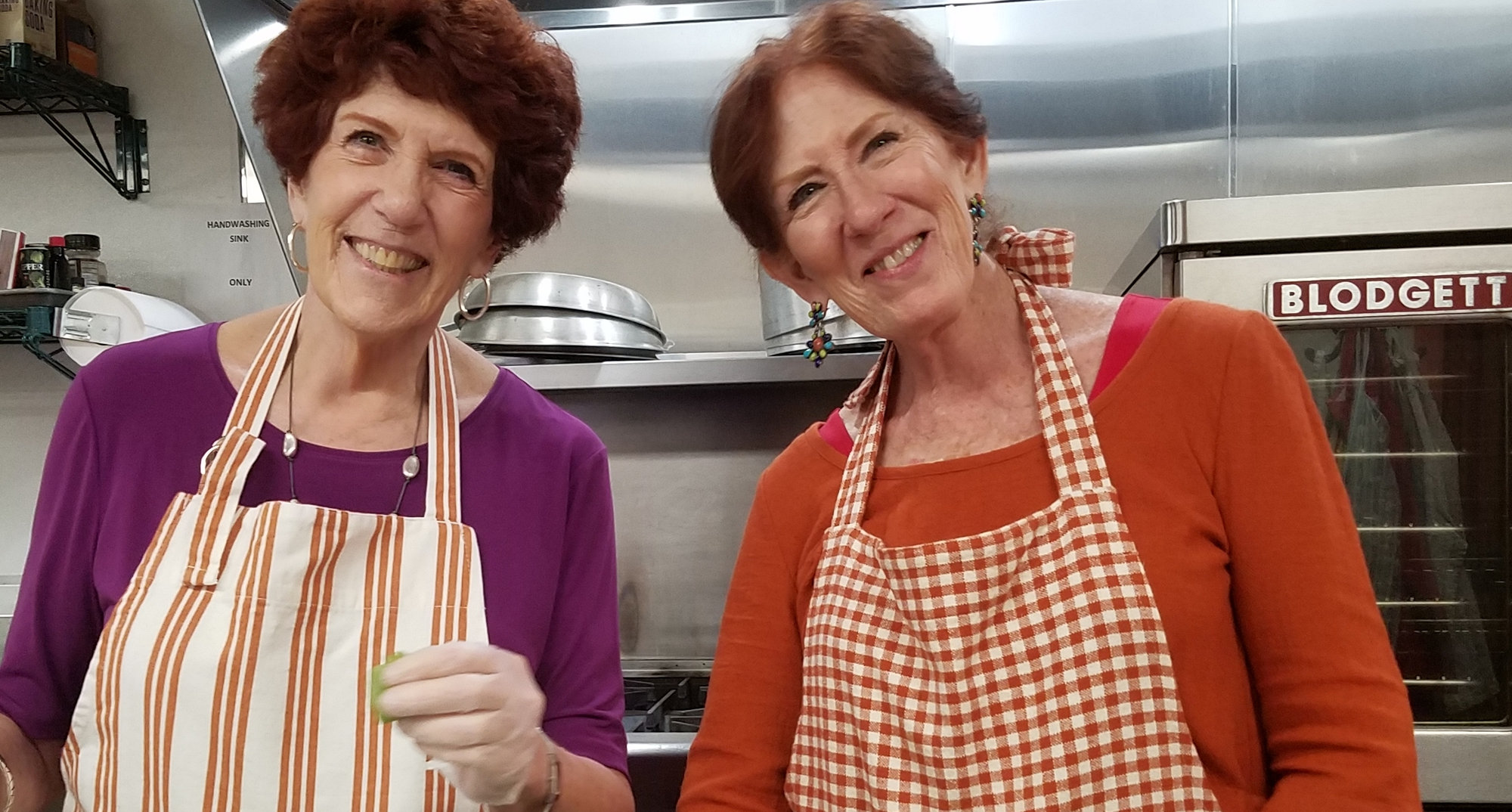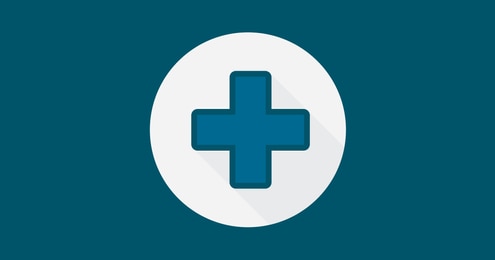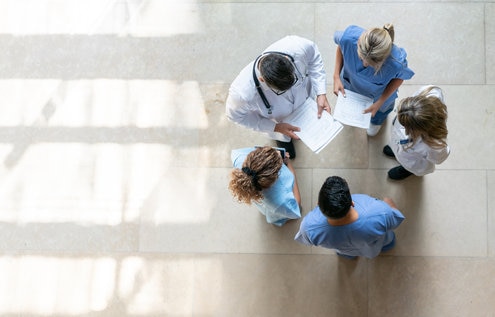Donors adapt to maximize impact for COVID-19

As the COVID-19 crisis changes lives around the world, giving is changing too.
Two sisters who used to cook weekly dinners in a homeless shelter are now doing it remotely. A family swooped in to make major grants fighting hunger and homelessness much earlier in the year than planned. A volunteer ESL teacher is now balancing contributions to COVID relief alongside his usual giving to the ESL program.
Hundreds of thousands of people have turned to Fidelity Charitable for guidance on how to help ease suffering in what can feel like an overwhelming sea of needs. They combined that guidance with their own priorities and insights to take action.
Here’s a look at how a few of our donors are adapting to make more of a difference.
Give to COVID relief—but don’t stop giving to your other charities
When news of the pandemic reached retiree Hugh Ross in Katy, Texas, he shifted some of his usual Giving Account allocations to COVID-related relief funds, as well as increasing support to local food banks to care for those who lost their jobs during the crisis.
He also maintained his giving to the English as a Second Language program he’s supported for years—and switched the weekly ESL class he teaches from in-person to online via video conference.
For Ross, his ESL class has been a way to give others a language-based boost up the career ladder—the same kind he received while working in Venezuela and Mexico, whose residents helped him learn Spanish early in his career.
Ross sees giving of both time and financial resources as keys to maximizing impact in a world where, more than ever, much is outside our immediate control. He credits his Giving Account with allowing his family the financial breathing room to think philanthropically during a crisis.
“When there’s a crisis that makes you worried about your own and your family’s safety and well-being, it can be hard psychologically to think about giving substantial gifts to others,” Ross said. “Having a donor-advised fund as a giving tool gave us tremendous freedom to be able to help.”
Accelerate your giving, and provide nonprofits with unrestricted support

Most family email chains don’t result in half a million dollars in grants to charity—but when news of the global pandemic hit the United States, the three siblings and their spouses advising on the Younger Family Fund managed to accomplish just that. Within a week, siblings Kelly and Mark Younger and Julie Aleman, with Julie’s husband, Nathan Aleman, and Mark’s wife, Ashley Younger, had agreed on their giving goal—$500,000, mostly unrestricted for COVID-19 relief—and a group of organizations helping some of the groups most vulnerable to fallout from the pandemic.
“We wanted to do something fast, and we needed to have humility to recognize that our giving will never be perfect—that since we had the funds to give away, we needed to do that now,” Aleman said.
Because the family lives in northern California, they decided on a primarily local focus. They chose organizations like Bay-area domestic violence center La Casa De Las Madres and LifeMoves, which helps homeless families and individuals. The family also turned to community foundations as experts in on-the-ground needs, recommending grants to the Latino Community Foundation, the San Francisco Community Foundation and the Silicon Valley Community Foundation for the first time.
“What really helps us do this is having a donor-advised fund,” Aleman said. “We have a lot of flexibility, we’re nimble and we can make decisions really quickly.”
Their father, William Younger, structured the fund to bring the family together around giving. That structure is a big part of what allowed them to act fast.
“It didn’t shift us away from our focus or our ongoing commitments to other nonprofits—we just wanted to focus on what we can do right now to meet an immediate need when a timely response is so important,” Younger said. “Now is not the time to hold on to money.”
Continue to find ways to give your time safely
In Salem, Oregon, donor and retired technology expert Steve Hill still volunteers as a doctor’s aide anytime Salem Free Clinic needs him—but now, it’s by telephone. The nonprofit has shifted its no-cost healthcare for low-income patients to telemedicine-only. Routine calls to patients battling chronic conditions can also provide crucial human contact and a stress-reducing sense of normalcy.
“It’s a big reminder of how much need there is out there in the world,” Hill said. “Those of us who are able to give financially and of our time need to carry on and keep doing it however we can.”
In Tucson, sisters Janet and Judy Fireman plan to continue their work cooking healthy dinners each week for the 27 women sheltered in place at Sister Jose Women’s Center. Executive director Jean Fedigan says donors like the Fireman sisters are critical to fulfilling the shelter’s mission.
“Needs don’t go away just because a virus is out there—a lot of times, they multiply,” Fedigan said. “To have people like Janet and Judy keep showing up in any way they can is an affirmation of who we are as an organization, and who we are as a people. For me, it’s a miracle.”
Dig deeper
We all want to help get our world through this trying time. Fidelity Charitable experts recommend making unrestricted gifts to nonprofits, balancing COVID relief with maintaining support for all nonprofits, volunteering safely and encouraging others to give.
Want more info before you open a Giving Account?
Sign up to receive occasional news, information and tips that support smarter philanthropic impact through a donor-advised fund.
How Fidelity Charitable can help
Since 1991, we have been a leader in charitable planning and giving solutions, helping donors like you support their favorite charities in smart ways.
Or call us at 800-262-6039



